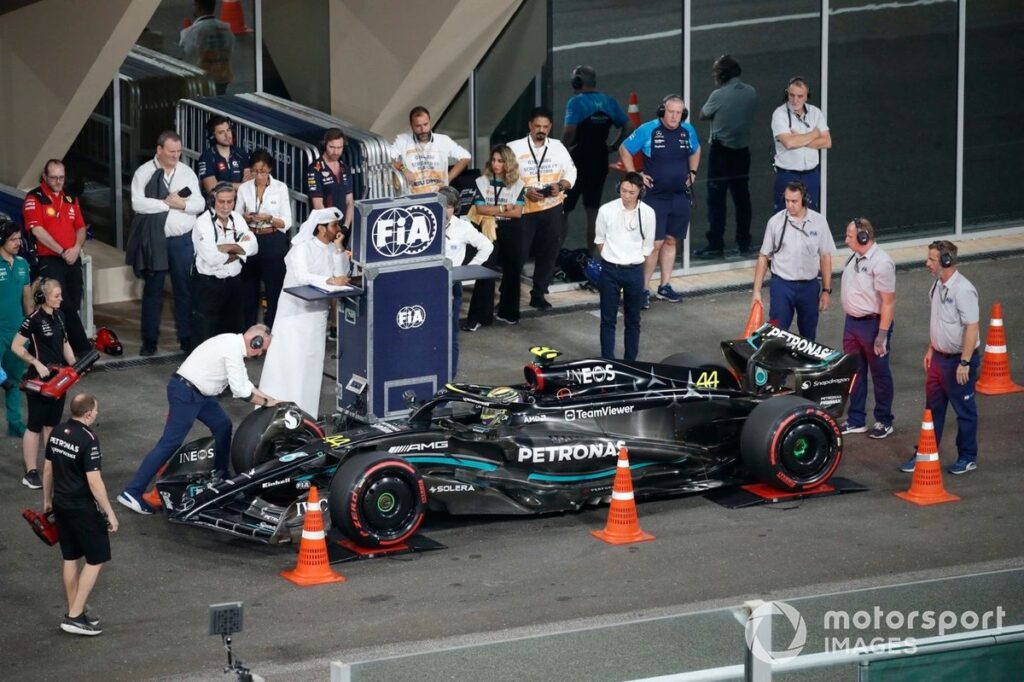Flexibility in Formula 1 Bodywork: Understanding the Technical Regulations and the Ongoing Quest for Compliance
In the high-stakes world of Formula 1, teams often raise concerns about the flexibility of a rival’s car bodywork, prompting the FIA to intervene and conduct tests to ensure adherence to the technical regulations. But what exactly are these principles, and why does the battle to find the limit of acceptability persist?
Decoding the Technical Regulations
A deeper dive into the Formula 1 technical regulations reveals that Article 3 specifically addresses aerodynamic components. According to this regulation, all aerodynamic components or bodywork that influence the car’s aerodynamic performance must be rigidly secured and immobile with respect to their frame of reference. In the case of the majority of bodywork and wings, this means they must be firmly attached to the chassis.
“In essence, the rules are in place to prevent teams from exploiting flexible bodywork to gain an unfair advantage.”
The Battle for Compliance
The nuances of Article 3 have sparked intense debate and scrutiny, with the FIA working closely with teams to clarify the guidelines and enforce the regulations. As the sport continues to evolve, the importance of strict adherence to the technical regulations cannot be overstated. In the world of Formula 1, where fractions of a second can separate victory from defeat, the battle to comply with the regulations will undoubtedly rage on.
🔗 Source
